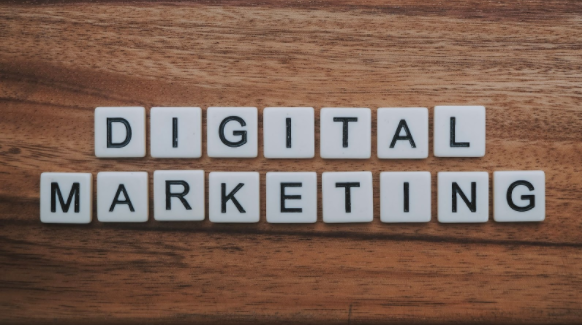
Microsoft now no longer supports old versions of Internet Explorer with security updates. This leaves your computer at risk if you continue to use out of date versions of Internet explorer like Internet Explorer 8. Please click to see Microsoft's Support page for older versions of IE.
Microsoft will now only support Internet Explorer 11 and the Edge browser.
This is good news, as people using older versions will be prompted to update to the newer ones, leaving their less secure, outdated web browsers behind. Once people get comfortable with a browser, they don’t like change and often don’t want to update/change anything on their computer. However, it is important to update so that everything works properly, things remain secure, and websites don’t “break” whilst you’re looking at them. So what does this mean for Internet Explorer and its users? On Internet Explorer versions 7 and 8, websites are known to be incompatible and not display properly. This includes popular websites too; Yahoo, Wikipedia, Apple, and even Microsoft’s website are all known to have some display issues or differences. Will this prompt Windows users to update their browsers sooner rather than later? Even with Chrome and Firefox taking the lead, there are still a huge amount of Internet Explorer users, and a lot of these people are still stuck on the outdated versions. We sure hope so! More info can be found here.
Update 15/01/2016: IE8 now has 1.25% market share in the UK.
Update 01/07/2016: IE8 now has 0.49% market share in the UK.
Update 14/11/2016: IE8 is now no longer tracked on stat counter! IE8 is truly dead!
Why websites are no longer actively built to support users with the now-defunct Internet Explorer 8.
Microsoft the creator of Internet Explorer will be stopping technical support and security updates in January 2016. Internet Explorer 8 was released on March 19, 2009. A lot has happened since then in web development. A lot of new features have come out with the new web browsers of today. Some popular browsers that have pushed the boundaries are Firefox and Google Chrome.
These browsers have adopted a lot of new web standards that allow web designers/developers to really make good-looking websites that work well on mobile devices like phones and tablets. New features such as shadowing, gradients and rounded corners are among some of the best new ways that web designers are using to make a design that looks modern.
New web browsers also have new features that allow web developers to write website code in a standardised way that can be used across more than one web browser. For example, coding an image slider that will work in both Firefox and Google Chrome without needing to write browser-specific code.
Often developers and designers have to write extra code specifically for old versions of Internet Explorer. This makes it hard to manage as the developer has to maintain two sets of code with fallbacks. Websites coded without time-consuming fallbacks quite often will not work at all in old versions of Internet explorer.
Often it is impossible for companies to have all the features they want working in old versions of Internet Explorer without having to pay extra for the time taken to accomplish such support.
As the years pass, web developers will carry on abandoning the next versions of Internet Explorer – versions 9 and 10. For people who are still on old versions of Internet Explorer, the only way to stop this problem is to move to a web browser that automatically updates itself so that they don’t have to worry about being out of date.
As time moves on more and more of the British public will update their computer systems and they will then have a modern browser, meaning that your website will be more compatible with the web browsers that are being used to access it.
Should you be worried about losing traffic to your website?
You shouldn’t be worried about people accessing your website using Internet Explorer 8 because at the time of writing there is only 1.25 percent of the British public still using it and this number has been steadily decreasing over the last 6 months from 5 percent. We recommend using Google Chrome as your main web browser because this browser has the most frequent updates, keeping it up to date with the new web development standards allowing us to build you the best website we can.
Creating websites that support Internet Explorer 8 is now akin to flogging a dead horse (unless your target audience is people with very out of date computer systems). This is especially evident when considering that most website traffic now comes from mobile devices, and Internet Explorer 8 doesn’t natively support the necessary media queries used by web designers to create mobile-ready responsive websites.
Upgrading from Internet Explorer 8
It is possible to upgrade Internet Explorer 8 if the computer you have is running at least Windows 7. This can be achieved by clicking the Check for Updates button on the Windows Update portion of the Control Panel. If your computer is stuck on Windows XP you can’t upgrade beyond Internet Explorer 8 so you will need to install Google Chrome or Firefox or upgrade your computers operating system to have a modern web browsing experience.



